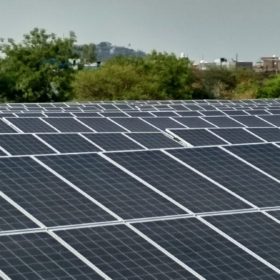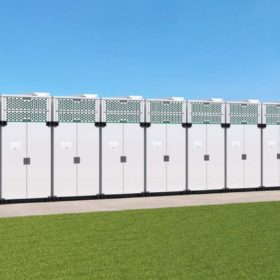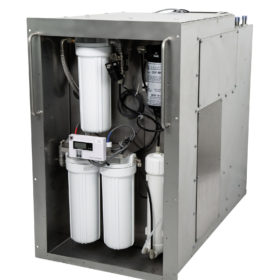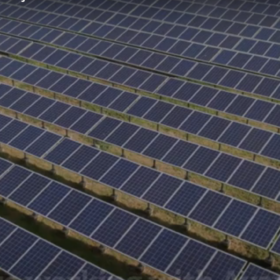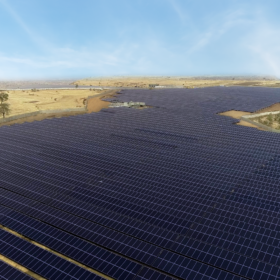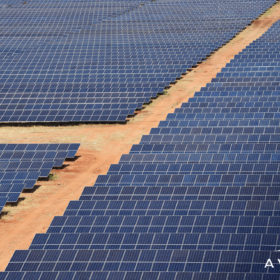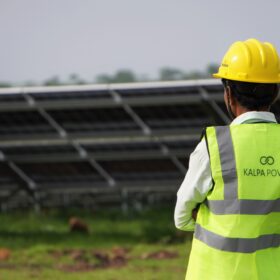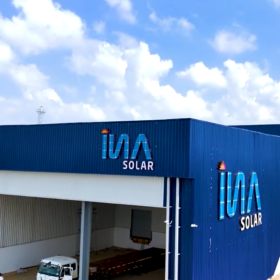Bosch unveils hydrogen-compatible stationary fuel cell system
Bosch’s new solid oxide fuel cell prototype has an electrical efficiency of more than 60% and an overall efficiency above 85%. It also has a targeted power output of 10 kW and can produce up to 3 kW of thermal energy.
Oriano secures 40+ MWp of open-access solar projects for cement manufacturer
The Mumbai-based utility-scale solar power development and EPC company has secured 30MWp of solar projects in Bihar and 10.30MWp in Jharkhand under captive, open-access mode.
Powin, O2 Power sign battery storage supply agreement
The agreement will see Powin supply and commission its advanced Stacks battery storage product lines for round-the-clock renewable energy projects undertaken by O2 Power.
Modular electrolyzer for residential, commercial applications
Germany’s Ostermeier H2ydrogen Solutions has developed an electrolyzer that works with tap water, with bottles to store hydrogen and a fuel cell or a Wankel engine to produce electricity. The system has a capacity ranging from 1kW to 100 kW, which corresponds to hydrogen production of 0.2-20 Nm3/h.
SMA unveils new inverter for residential, commercial PV
SMA is offering a new line of four inverters with power ratings of 12kW, 15kW, 20kW and 25kW, for use in rooftop PV systems up to 135kW in size. It claims the inverters provide grid-compliant power control of entire systems and enable over-dimensioning of PV arrays by up to 150%.
India’s solar report card for 2021
India added 10.4GW of solar power generation capacity in the January-December period of 2021. Out of this, 42% was installed in Rajasthan alone.
British International Investment commits US$89 million to scale renewable energy generation in India
The UK investor (formerly known as CDC Group) has committed a $47 million follow-on investment in Fourth Partner Energy to build 294MW of greenfield renewable power capacity. Another $42 million will go to Italian power utility Enel’s India arm Thar Surya 1, to support the development of a 300MW greenfield solar project in India.
Tata Power and Social Alpha launch net-zero accelerator program for industries
The ‘Net-Zero Industry Accelerator’ program will prioritize industries with the highest carbon footprints and assure a robust ecosystem to support a new generation of entrepreneurs as they take disruptive climate-tech innovations for industrial decarbonization from the lab to market.
MNRE delays ALMM implementation to open-access solar projects
The Approved List of Models and Manufacturers (ALMM) requirement will now apply to projects that request open access or net metering from October 1, 2022.
Distributed solar developers want ongoing open-access and net metering projects excluded from ALMM mandate
Over 4GW of open access and rooftop solar projects under various stages of development can get stuck due to the ALMM requirement, according to Distributed Solar Power Association (DiSPA).

